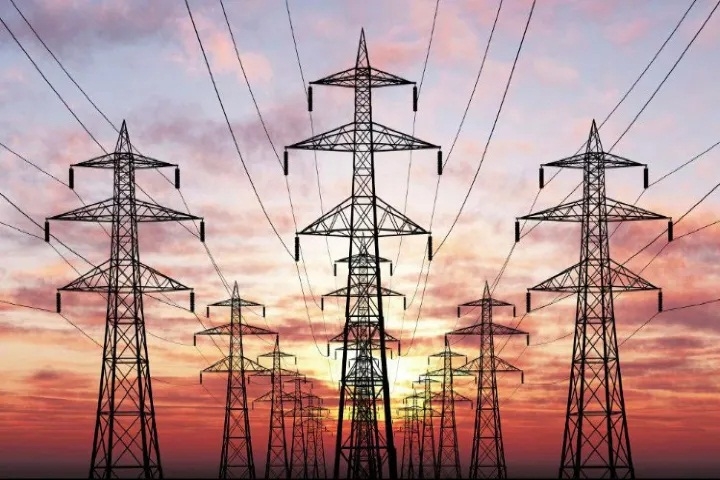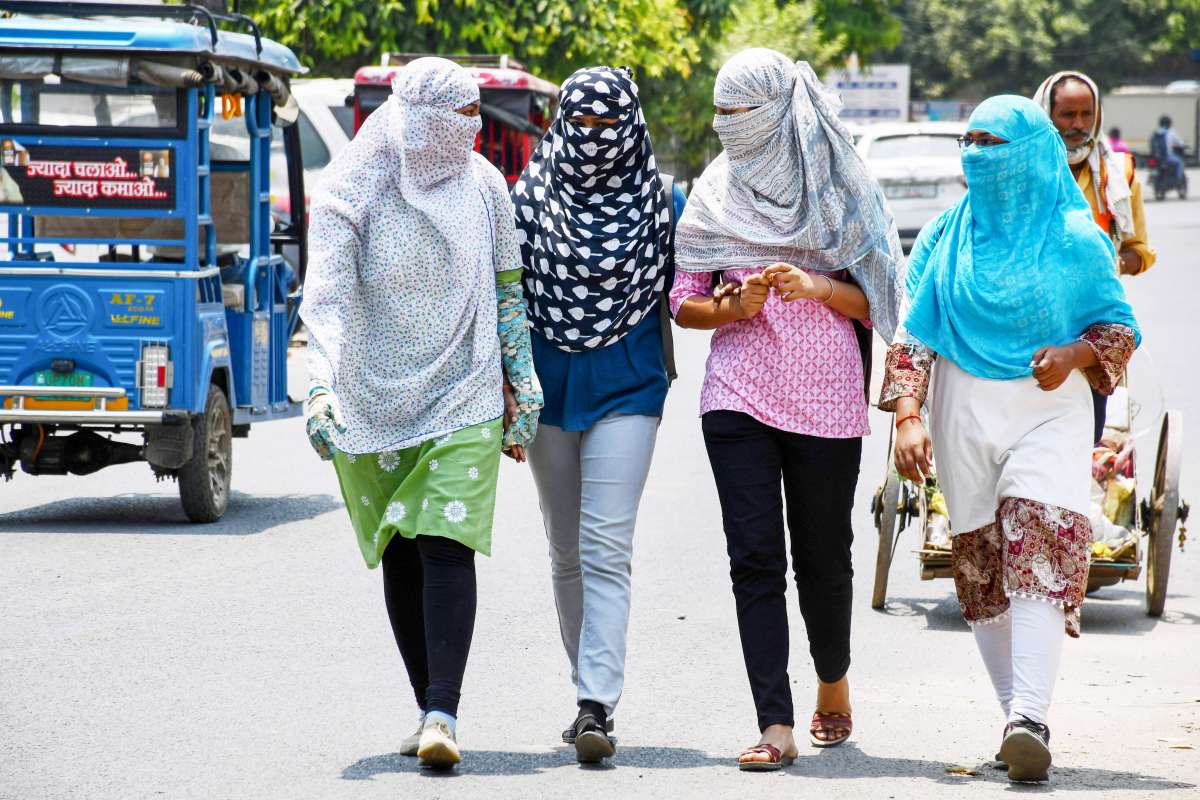The weather body predicted heatwave to severe heatwave conditions to prevail over parts of Rajasthan, Punjab, Haryana-Chandigarh-Delhi, and West Uttar Pradesh….reports Asian Lite News
Offering little respite to people reeling under a savage and searing summer wave across the vast swathes of the country’s northern belt, the India Meteorological Department (IMD) on Tuesday predicted heatwave to severe heatwave conditions to prevail over parts of Rajasthan, Punjab, Haryana-Chandigarh-Delhi, and West Uttar Pradesh as it issued a ‘red alert’ for the states over the next five days.
The Met Department said maximum daytime temperatures in several districts of these states may breach the 47°C-mark.
Speaking to ANI on Tuesday, senior IMD scientist Naresh Kumar said, “Temperatures are currently above normal across North West India and we had issued a red alert for the region over the past 2-3 days. With regard to a state-wise forecast, we have issued a red alert in Rajasthan for the next five days. The maximum temperature is likely to inch further up from 45°C and settle at 47°C.”
“In Punjab and Haryana, maximum temperatures have registered a marginal drop due to a prevailing western disturbance but they will increase gradually hereafter by 2 to 3 degrees. we have already issued a ‘red alert’ for these two states. In neighbouring Uttar Pradesh, we have issued a red alert for the next five days and an orange alert for northern parts of Madhya Pradesh,” Kumar told ANI.
However, while the North bakes under an unrelenting summer sun, a measure of respite is likely down South, as the senior IMD scientist added that heavy to very heavy rains, up to 12 cm, are likely in Tamil Nadu and Kerala over the next 2-3 days.
With the IMD coming out with a ‘red alert’ for the national capital and other parts of North India, health experts warned people against stepping outdoors, especially between 11 am and 4 pm, as it could lead to a downturn in their health.
Dr Neeraj Nishchal, professor at the Department of Medicine in AIIMS, Delhi, said the health issues caused by the rising temperatures could range from rashes, heat exhaustion and dehydration to heat strokes.
Heat Wave conditions can also result in physiological strain, often proving fatal.
To minimise the impact of the heat wave and prevent serious ailments, doctors have advised people against going outdoors to the extent possible, and, if necessary, under adequate protection; especially between noon and 3 pm; take sufficient fluids as often as possible, even if one is not thirsty; and wear lightweight, light-coloured, loose, and porous cotton clothes. (ANI)

India’s power usage peaks
As a considerable part of India experiences severe heatwave, necessitating the need for air conditioners and coolers round the clock, power demand on Tuesday was at its seasonal high at 234 gigawatt (GW).
Power demand shot up to 234 GW in the country on Tuesday, government data showed. The government has expected a power demand of between 225 – 235 GW during May.
In June, power demand is expected to be between 235-240 GW, 235 GW in the evening and 240 GW during the day time.
The extreme heatwave continues to push Delhi’s power demand northwards. According to the State Load Despatch Center (SLDC) data at 3:33 pm today, Delhi’s peak power demand clocked 7717 MW; the highest ever in the history of the national capital.
As per data, this is the fourth day in a row Delhi’s peak power demand has crossed 7000 MW and broken the previous all-time May high of 7070 MW, recorded on May 19, 2022.
Heatwave to severe heatwave conditions are most likely to continue over the plains of northwest India and heat-wave conditions over north Madhya Pradesh and Gujarat during the next five days. On Monday, the highest maximum temperature of 47.4 degrees Celsius was reported at Najafgarh (Delhi).
The heatwave is considered the maximum if the temperature of a place reaches at least 40 degrees Celsius or more for Plains and at least 30 degrees Celcius or more for Hilly regions.
The government said it is taking all necessary steps to ensure that the electricity demand in the summer season is met. To ensure this, a series of meetings, emphasizing the need for ensuring Zero load shedding during the summer season was held.
In a meeting held in the Ministry in 3rd week of March this year, it was stressed that adequate advance planning should be done by all stakeholders, so as to prevent a situation in which one state has surplus power while another state faces power shortages.
For this summer season, the Indian Metrological Department (IMD) has projected higher-than-normal maximum and minimum temperatures across the country, except over some isolated areas of Northwest, Northeast, Central and Peninsular India. The electricity demand would also hence be higher than in previous years, which is reflected also in the rising trend of peak demand in recent months, during both solar hours and non-solar hours.
The peak energy demand grew by 12.7 per cent from 2,15,888 MW in 2022-23 to 2,43,271 MW in 2023-24, while the peak demand met grew by 13.9 per cent from 2,10,725 MW in 2022-23 to 2,39,931 MW in 2023-24.
Relative to the year 2022-23, the energy requirement grew by 7.5 per cent in 2023-24 and the energy availability grew by 7.8 per cent, resulting in a reduction in total energy shortfall from 0.5 per cent in 2022-23 to 0.2 per cent in 2023-24.
The total electricity generated grew by 7.1 per cent from 1,621 billion units in 2022-23 to 1,736 billion units in 2023-24.
In order to help meet the high electricity demand in the country during the summer season, the government of India has decided to operationalize gas-based power plants. To ensure maximum power generation from gas-based generating stations, the government has issued directions to all gas-based generating stations. (ANI)

